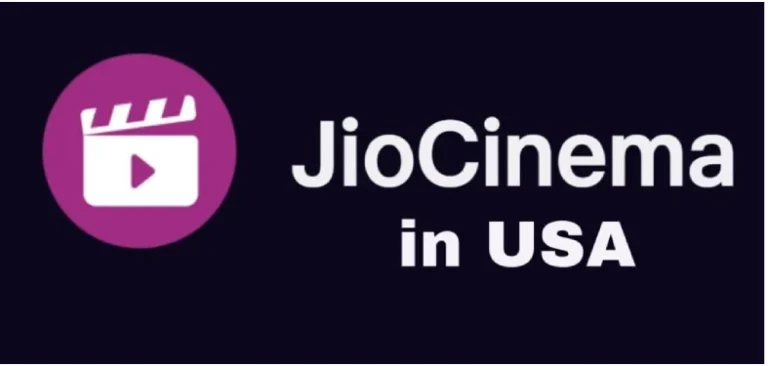
Let’s be honest, when you hear the words coloring pages, what pops into your head first? Maybe you picture kids sitting cross-legged on the floor, crayons scattered everywhere, faces bent in deep concentration. Or maybe you remember your own childhood, when a fresh box of crayons felt like pure magic. Funny thing is, coloring pages aren’t just for kids anymore. They’ve grown into something bigger. A cultural tool. A stress reliever. Even a bridge between generations.
So let’s talk about it. Coloring pages. Why they matter. Why are they everywhere right now? And why do people of all ages keep going back to them?
A Little History of Coloring Pages
It’s easy to think coloring books have always existed. But actually, the idea only popped up in the late 1800s. Some of the earliest coloring books were made by McLoughlin Brothers in the US. They weren’t about superheroes or cartoon characters, though. They were about history, nature, and even moral lessons. Kids were supposed to learn while they colored.
By the mid-20th century, coloring books became commercial. Disney characters filled pages. Cartoons, animals, fairy tales. Suddenly, coloring wasn’t only about education, it was also about fun. And today, well, it’s everywhere. From free printable coloring pages online to massive adult coloring books stacked in bookstores.
Ever noticed how trends always come full circle? Adults are coloring again, almost like reclaiming something they lost as kids.
Why Do Coloring Pages Still Work?
Here’s the thing: coloring is simple. No rules. No grades. No judgment. You just grab a pencil or marker and start. That freedom is rare in a world that’s obsessed with productivity and results.
And science actually backs it up. Psychologists say coloring calms the amygdala—the part of the brain tied to stress and fear. That’s why adult coloring books shot up in popularity around 2015, especially those with mandalas and intricate patterns.
But it’s not just about stress. Coloring pages help with:
-
Focus: When you’re shading tiny details, your brain zones in.
-
Creativity: Picking colors, mixing shades, it’s like problem-solving without pressure.
-
Memory: For kids, it builds recognition of shapes, animals, and even letters.
-
Bonding: Families can sit together and color, no screen needed.
It’s weird, right? Something so simple has all these hidden benefits.
Coloring Pages in the Digital Age
Back in the day, you had to buy coloring books from the store. Now? Just type “free coloring pages” in Google and you’ll drown in results. Websites offer everything—cartoons, animals, cars, flowers, even super niche stuff like “coloring pages of famous landmarks.”
Parents love this because it’s cheap. Teachers print them for classrooms. And adults? They download detailed pages that look like pieces of art. Some even frame them after finishing.
There’s also the rise of apps. Digital coloring pages on phones and tablets. It’s not quite the same as crayons smudging your fingers, but it’s portable. And honestly, addictive. Ever tried one of those? Tap a number, fill the color, boom. Instant satisfaction.
Mini Anecdote: My Niece and the Dinosaur
Quick story. A few weeks ago, my niece (she’s six) was coloring a dinosaur page. T. rex, sharp teeth, big tail. I asked her why she made it pink. She looked at me like I was the silly one and said, “Because pink is stronger.” And honestly? She’s right. Who says dinosaurs have to be green?. That’s the beauty of coloring pages. They let imagination win over rules.
Types of Coloring Pages People Love
Let’s break it down. What kinds of coloring pages are out there?
-
For Kids
-
Animals, cartoons, fairy tales
-
Alphabet and numbers (sneaky education)
-
Holiday themes (Christmas, Halloween, Eid, you name it)
-
-
For Adults
-
Mandalas and patterns
-
Landscapes, cityscapes
-
Mindfulness pages with quotes
-
Famous art recreations
-
-
Special Purpose
-
Therapy coloring pages (used in psychology sessions)
-
Educational worksheets
-
Team-building exercises (yes, some offices use them)
-
It’s like a buffet. Everyone finds something they like.
Why Adults Secretly Love Coloring Pages
Ever sat in a meeting doodling in the corner of your notebook? That’s the adult version of coloring. We just don’t admit it. But when you pick up an actual coloring page, you permit yourself to pause.
There’s also nostalgia. Remember that waxy crayon smell? The sound of scribbling? The satisfaction of finishing a whole page? Adults chase that same feeling. It’s comforting, like warm soup on a rainy day.
And let’s not ignore the trend factor. Instagram is full of people posting their finished pages with hashtags like #ColoringForAdults or #StressReliefArt. It’s become a hobby, a craft, even a little competition sometimes.
Coloring Pages in Education
Teachers know the power of coloring pages. They’re not just filler activities. They teach fine motor skills, patience, and color recognition. A math teacher might use coloring to make fractions fun. A history teacher might hand out pages of landmarks.
And here’s the secret: when kids color something, they remember it better. The act of engaging with the shape locks it in memory.
Cultural and Global Angle
Different cultures approach coloring differently. In Japan, intricate coloring pages inspired by anime are huge. In India, mandalas aren’t just pretty—they’re spiritual symbols. In Western countries, you see everything from comic superheroes to mindfulness books in airport shops.
Coloring pages become a reflection of culture itself. What people choose to color says something about what they value.
Tangent: The Quietness of Coloring
There’s something underrated about the silence that falls when a group is coloring. It’s almost meditative. Pens scratching, papers rustling, people leaning closer. You don’t need words. The page becomes the conversation. I’ve seen it happen in classrooms, waiting rooms, and even cafes where coloring events are held.
The Future of Coloring Pages
So where’s it heading? Probably more digital. AI-generated coloring pages are already a thing. Imagine typing “dragon with roses” and instantly getting a fresh design to print. That’s happening now.
But physical books won’t disappear. People still crave that tactile feel. The drag of a pencil on paper. The little mistakes. That’s what makes it human.
FAQs about Coloring Pages
Q1: Are coloring pages really good for adults?
Yes. They reduce stress, boost focus, and give a creative outlet. Plus, they’re fun.
Q2: Where can I find free coloring pages?
Thousands of sites offer them. Just search “free coloring pages printable.” Many blogs also share themed packs.
Q3: Are digital coloring apps worth it?
Depends. They’re convenient but lack the tactile feel of real coloring. Good for travel, though.
Q4: Can coloring pages help kids learn?
Absolutely. They improve motor skills, teach patience, and reinforce lessons like letters, shapes, or math concepts.
Q5: Is there any downside?
Not really, unless you overdo it. Like anything, balance is key.
Conclusion: Why Coloring Pages Still Matter
Coloring pages may seem small. Just paper and crayons, right? But they carry something timeless. They calm nerves, spark ccreativityand connect people. They’re cheap, accessible, and universal.
So next time you see a stack of coloring pages, don’t roll your eyes. Pick one up. Try it. Scribble outside the lines if you want. Because at the end of the day, coloring pages aren’t about perfection. They’re about presence. And that’s the point.


